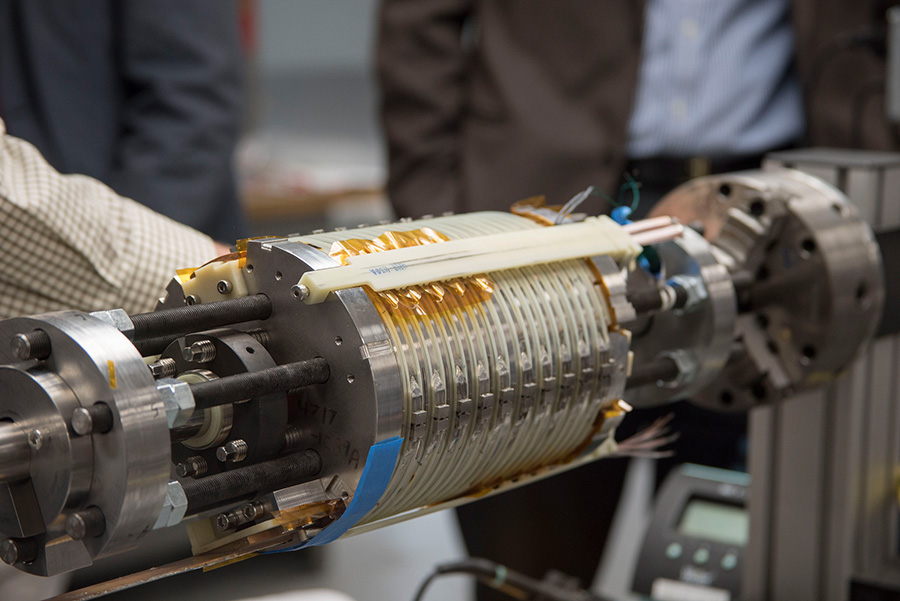
National MagLab awarded R&D 100 award
Powerful magnets—some of the most powerful in the world—are available to researchers at the National High Magnetic Field Laboratory-Pulsed Field Facility (NHMFL-PFF). The maglab is the only pulsed field user facility in the country and a center for exceptional condensed matter physics research. By studying materials under extreme magnetic.
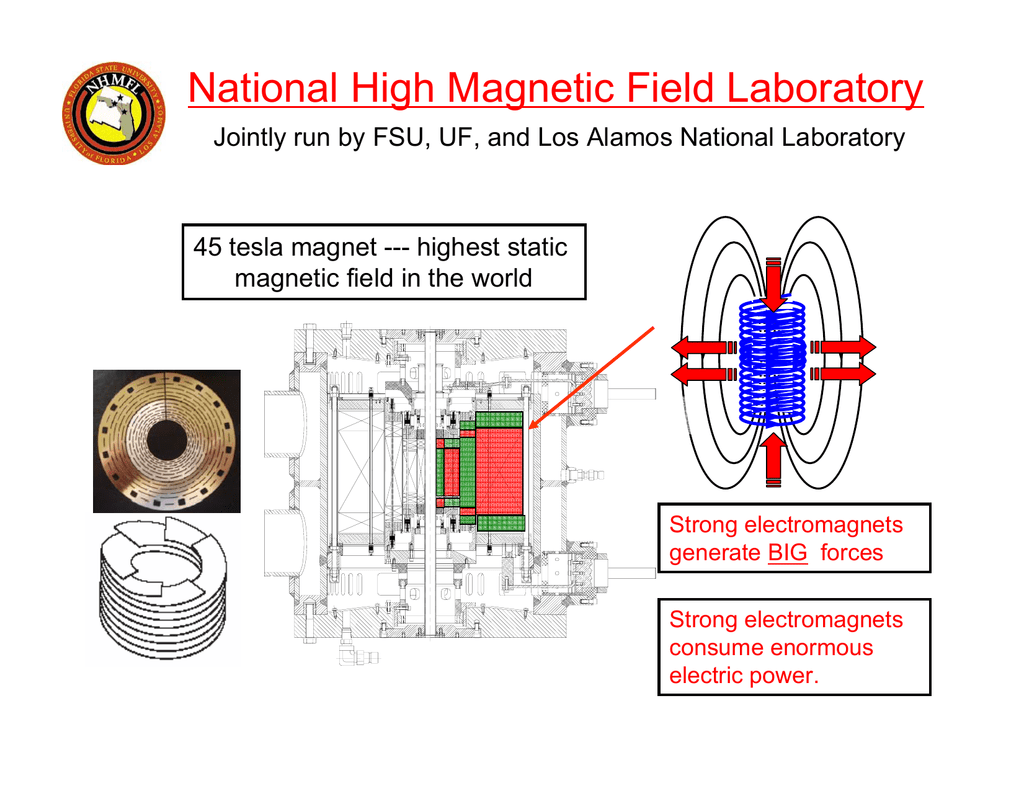
National High Field Laboratory
The National High Magnetic Field Laboratory (NHMFL) was awarded through peer-reviewed competition to Florida State University in August 1990. The laboratory is operated by a multi-institutional consortium comprising Florida State University, the University of Florida, and Los Alamos National Laboratory. It is funded by the National Science.
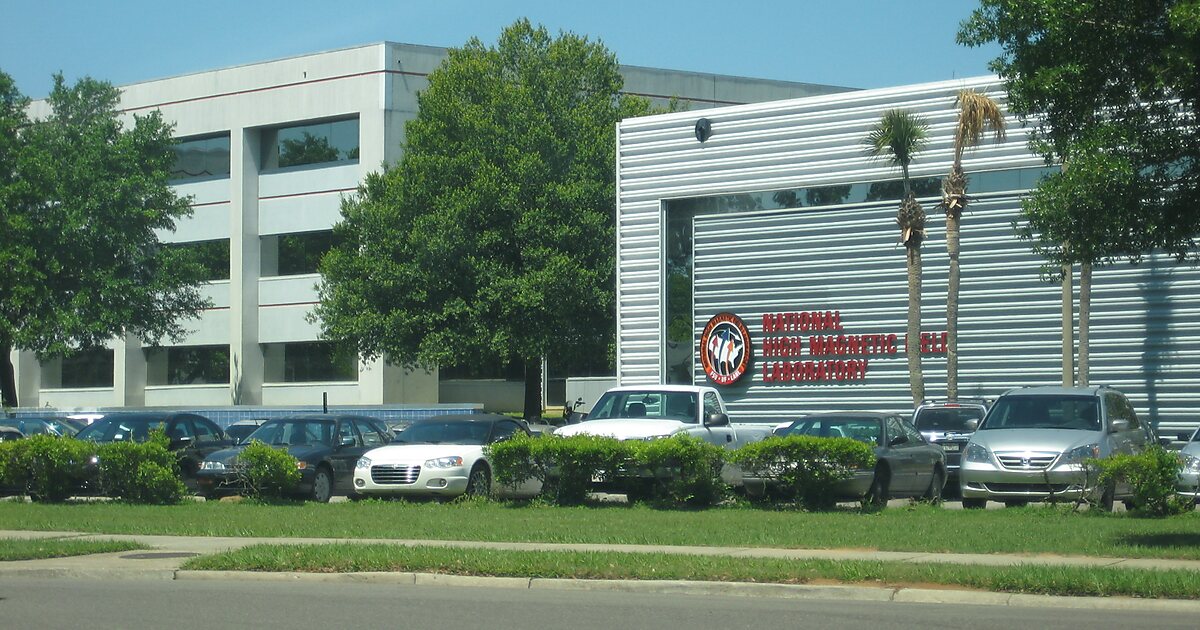
National High Field Lab in Tallahassee, USA Sygic Travel
National High Magnetic Field Laboratory, Tallahassee, Florida. 4,359 likes · 21 talking about this · 4,335 were here. The National High Magnetic Field Laboratory is the world's largest &.

National High Field Laboratory 12/2/2014 http
The National High Magnetic Field Laboratory ( MagLab) is a facility at Florida State University, the University of Florida, and Los Alamos National Laboratory in New Mexico, that performs magnetic field research in physics, biology, bioengineering, chemistry, geochemistry, biochemistry. It is the only such facility in the US, [1] and is among.

National High Field Laboratory Me and labmate Fan… Flickr
Welcome to the MagLab's online tour. As we show you around the Florida State University branch of the world's biggest magnet lab. Explore the MagLab like never before with these 360 degree videos featuring spaces usually only accessible to the experts.
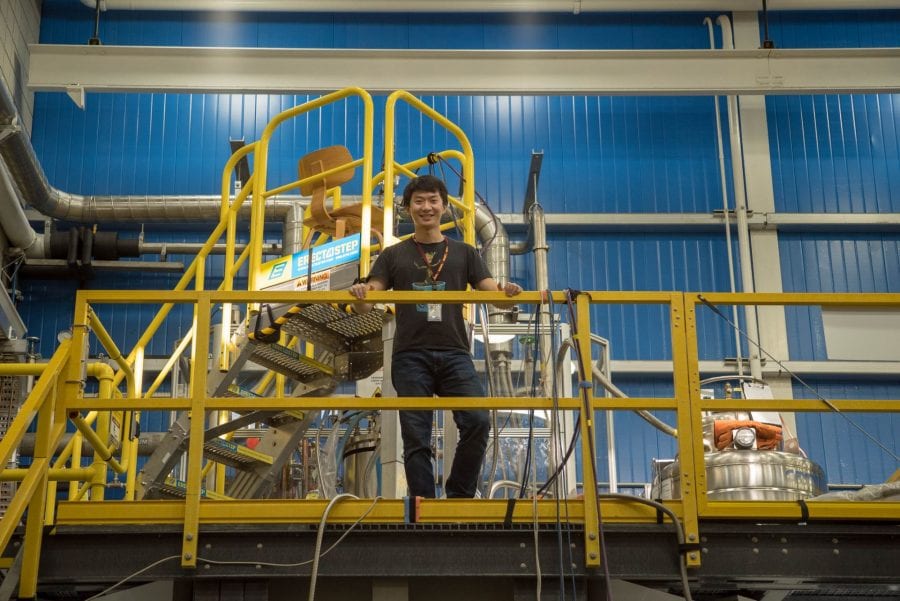
Interview at the national high field lab (NHMFL) to
Pairing mass spectrometry with high magnetic fields for a range of research applications. This facility is charged with developing and exploiting the unique capabilities of Fourier Transform Ion Cyclotron Resonance (FT-ICR) mass spectrometry, and leads the world in instrument and technique development as well as novel applications of FT-ICR.

2014 Annual Report for the National High Field Laboratory by
The National High Magnetic Field Laboratory (NHMFL) is continuing the fine traditions established by the Francis Bitter Magnet Laboratory at MIT in Cambridge, Massachusetts, of providing access to high magnetic field facilities to all qualified users, national and international, developing magnet technology for the next generation of

National High Field Laboratory Praying for Eyebrowz
The pulsed field facility of the NHMFL is located at LANL in New Mexico [2]; while the high B/T (Magnetic Field/Temperature) Facility and the magnetic resonance imaging/spectroscopy (MRI/S) activities of the laboratory are located at UF in Gainesville, FL [3]. In addition to the user support assets of the laboratory, the close proximity of visitors to the NHMFL faculty at the three.

2013 Annual Report National High Field Laboratory by National
The National High Magnetic Field Laboratory has developed and operated large, high-field dc and pulsed magnets for research in condensed matter physics. We are now developing three resistive/superconducting hybrid magnets with fields ranging from 25 to 45 T, and are developing concepts for hybrid magnets up to 60 T as well human-head MRI magnets up to 20 T and repetitively pulsed magnets to.

Center for Integrating Research and Learning (CIRL)
A strawberry levitates in an intense magnetic field at NSF's National High Magnetic Field Laboratory. These powerful magnets coupled with the expertise and unique instruments only available at NSF's MagLab have facilitated many recent discoveries across physics, materials science, chemistry, biology and engineering, including the below.

The National High Field Laboratory in Tallahassee, Florida
The National High Magnetic Field Laboratory has been headquartered at FSU for more than 25 years. The National High Magnetic Field Laboratory will receive $195.5 million over the next five years, a move that keeps the world's most powerful magnet lab headquartered at Florida State University with partner sites at University of Florida and Los Alamos National Laboratory and supports.

National High Field Laboratory Tallahassee, Florida Atlas
National High Magnetic Field Laboratory Los Alamos National Laboratory Mail Stop E536 Los Alamos, New Mexico 87545 USA. Phone: (505) 665-7595 Lab: (505) 667-4323 Fax: (505) 665-4311 e-mail: crooker _at_ lanl.gov Here's a link to my 'official' NHMFL page . Current Research Projects.
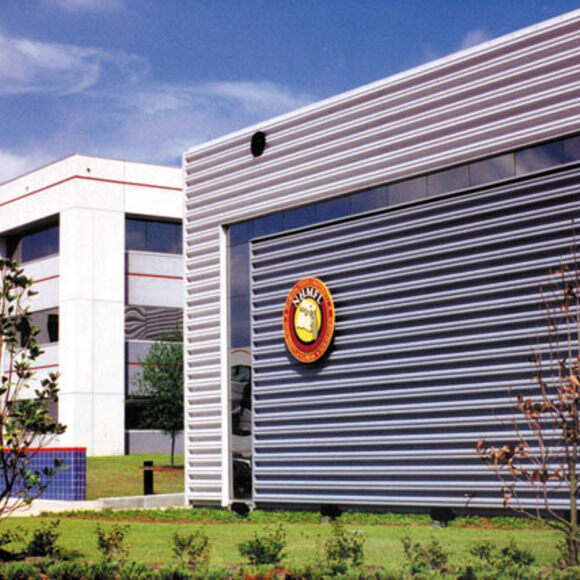
National High Field Laboratory Tallahassee, Florida Atlas
National High Magnetic Field Laboratory | 3,434 followers on LinkedIn. The world's largest and highest-powered magnet lab #NSFFunded #FloridaFunded | The only facility of its kind in the US, the National High Magnetic Field Laboratory is the largest and highest-powered magnet laboratory in the world. Headquartered in a sprawling 370,000-square-foot complex at Florida State University in.

2019 Annual Report for the National High Field Laboratory by
The ASC advances the science and technology of superconductivity and particularly superconductivity applications. We do this by investigating low temperature and high temperature materials through our research grants and through our collaborations with other universities, national laboratories and industry. We continually educate post-graduate.
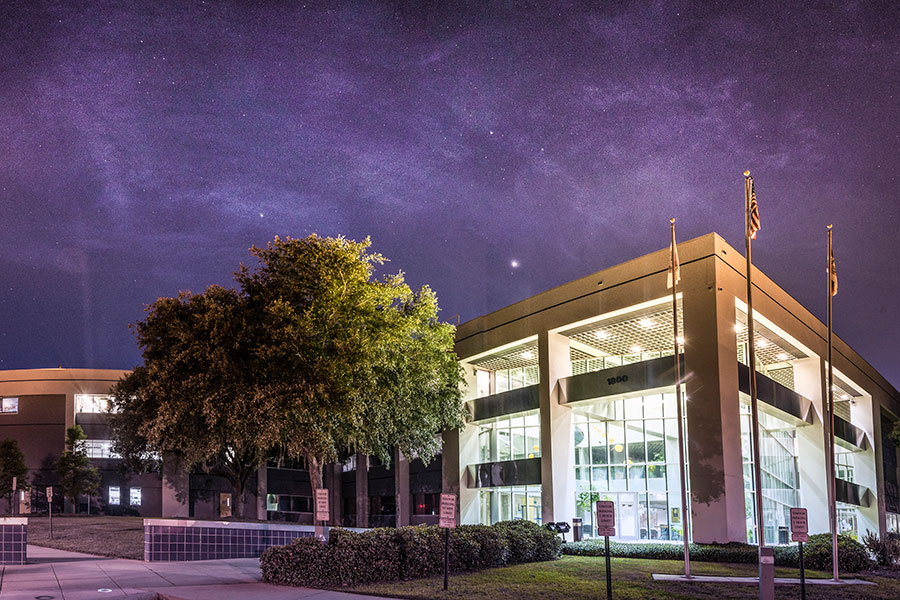
Florida State signs deal to bolster industry partnerships Florida
The National High Field Fourier Transform Ion Cyclotron Resonance (FT-ICR) Mass Spectrometry Facility at the National High Magnetic Field Laboratory (NHMFL) in Tallahassee, FL, was created in 1994 by a National Science Foundation Chemical Instrumentation grant to develop, exploit, and make widely available the unique capabilities of FT-ICR mass spectrometry [6]. Three facility scientists, five.
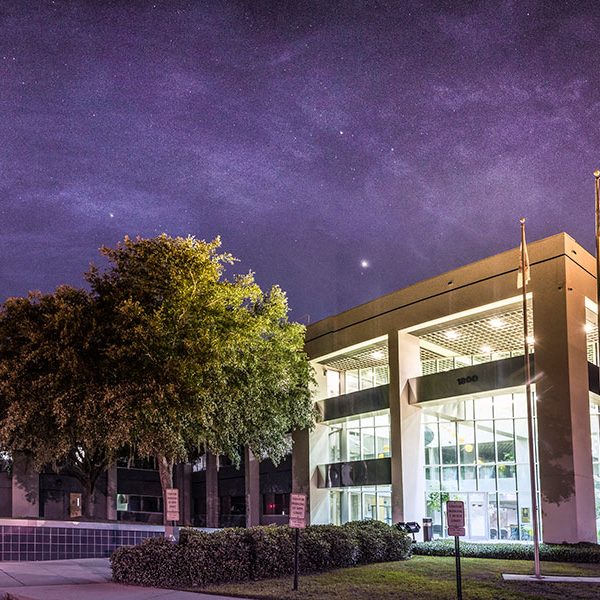
National High Field Laboratory Florida State University News
About the MagLab. The MagLab is a partnership among Florida State University, the University of Florida and Los Alamos National Laboratory. Seven facilities offer a variety of tools and techniques for exploring physics, chemistry, biology and engineering in an interdisciplinary, collaborative environment. LA-UR-21-32208.